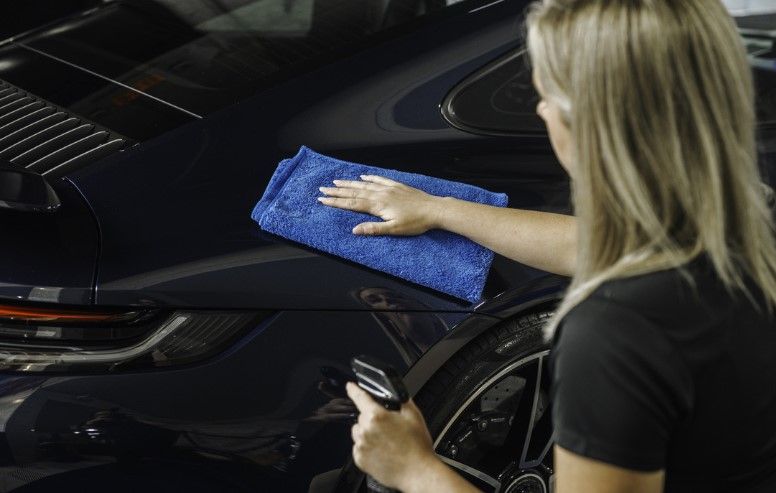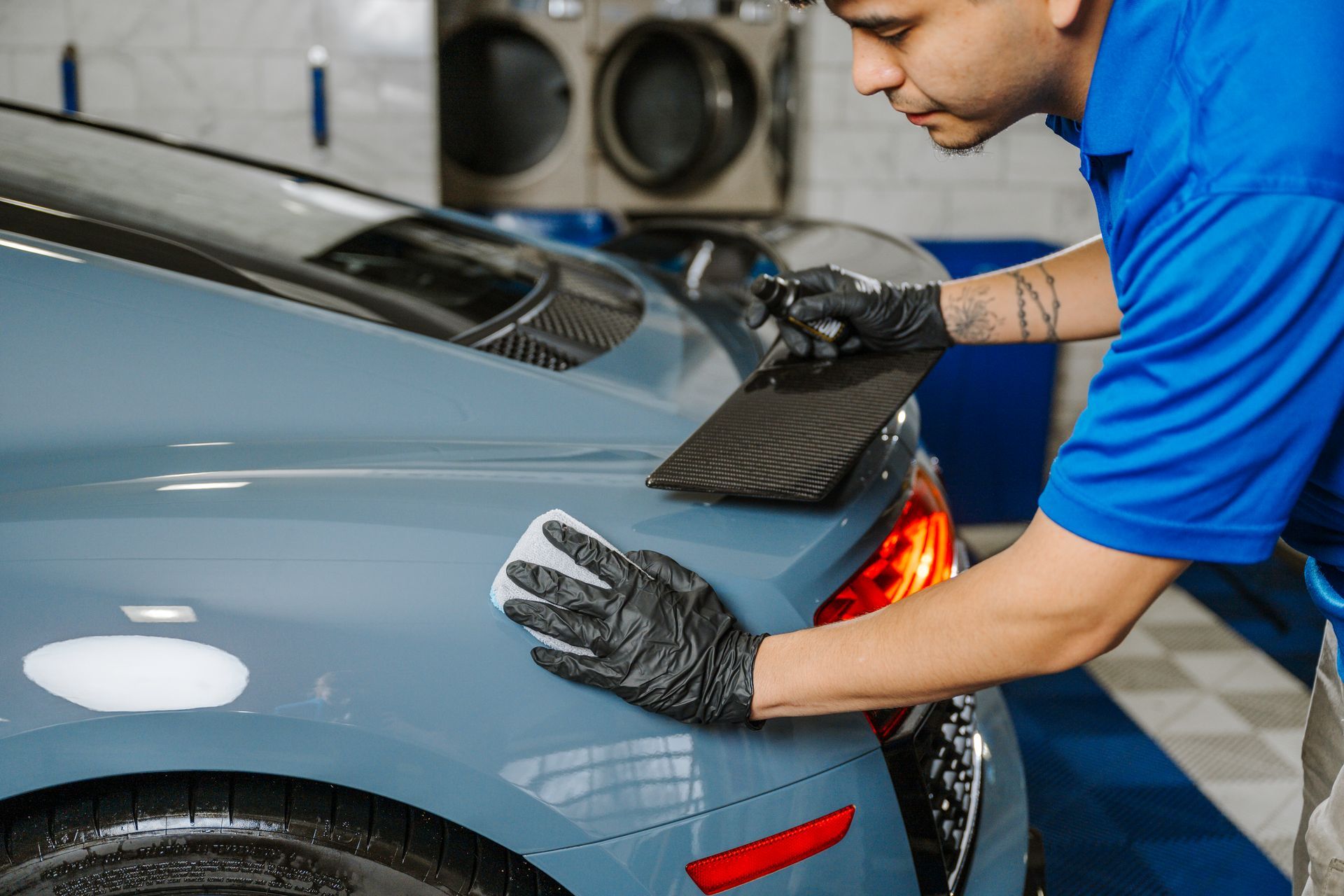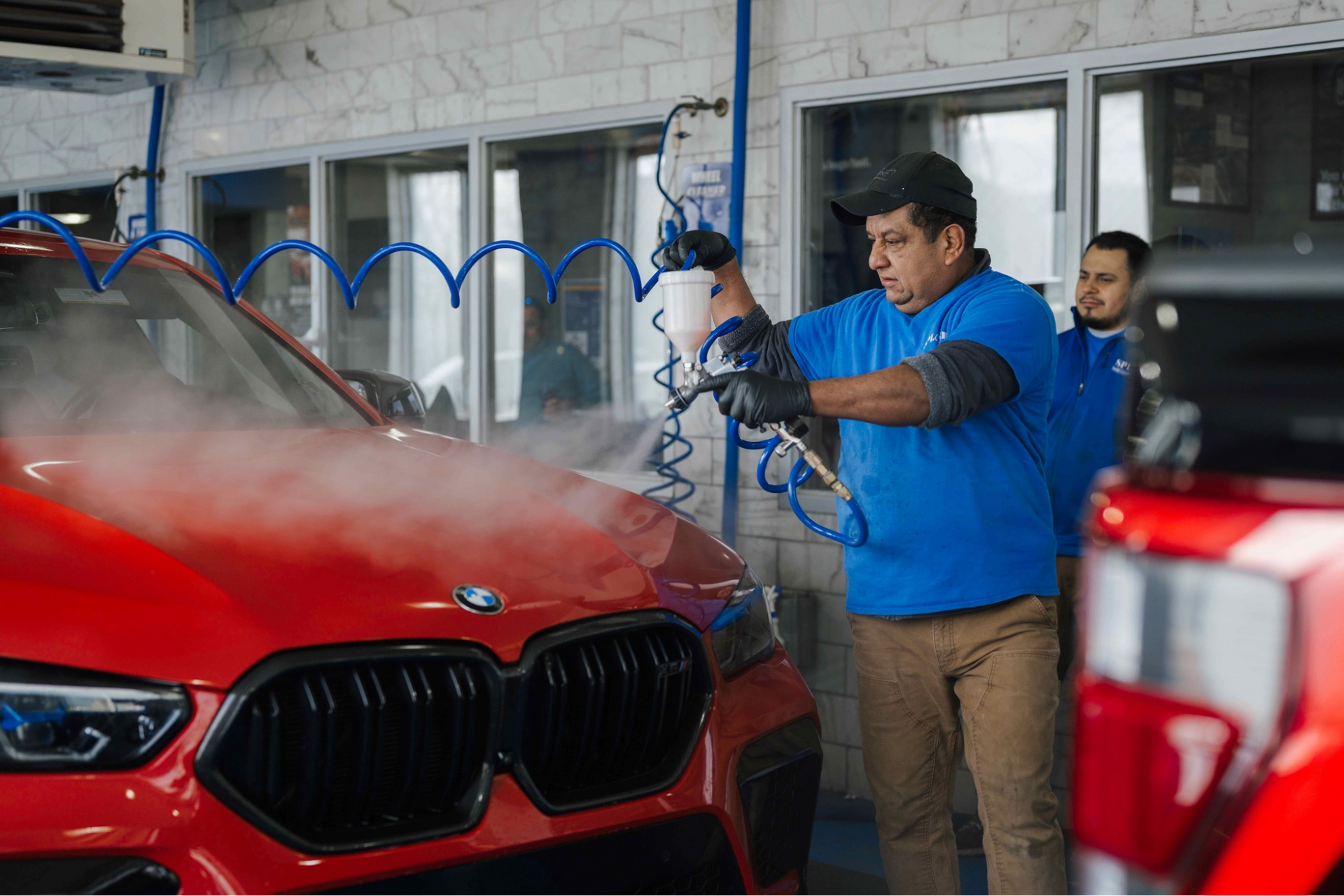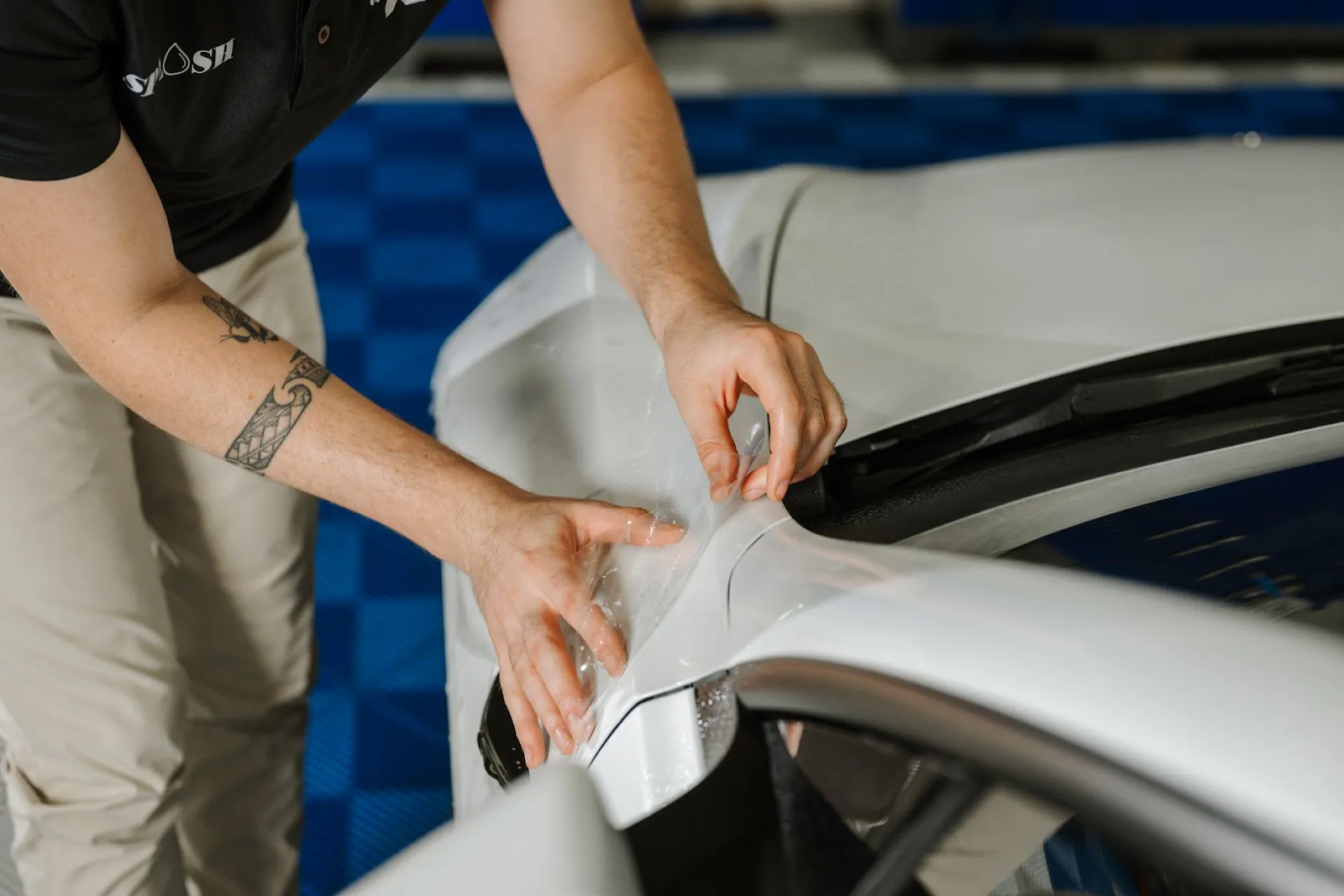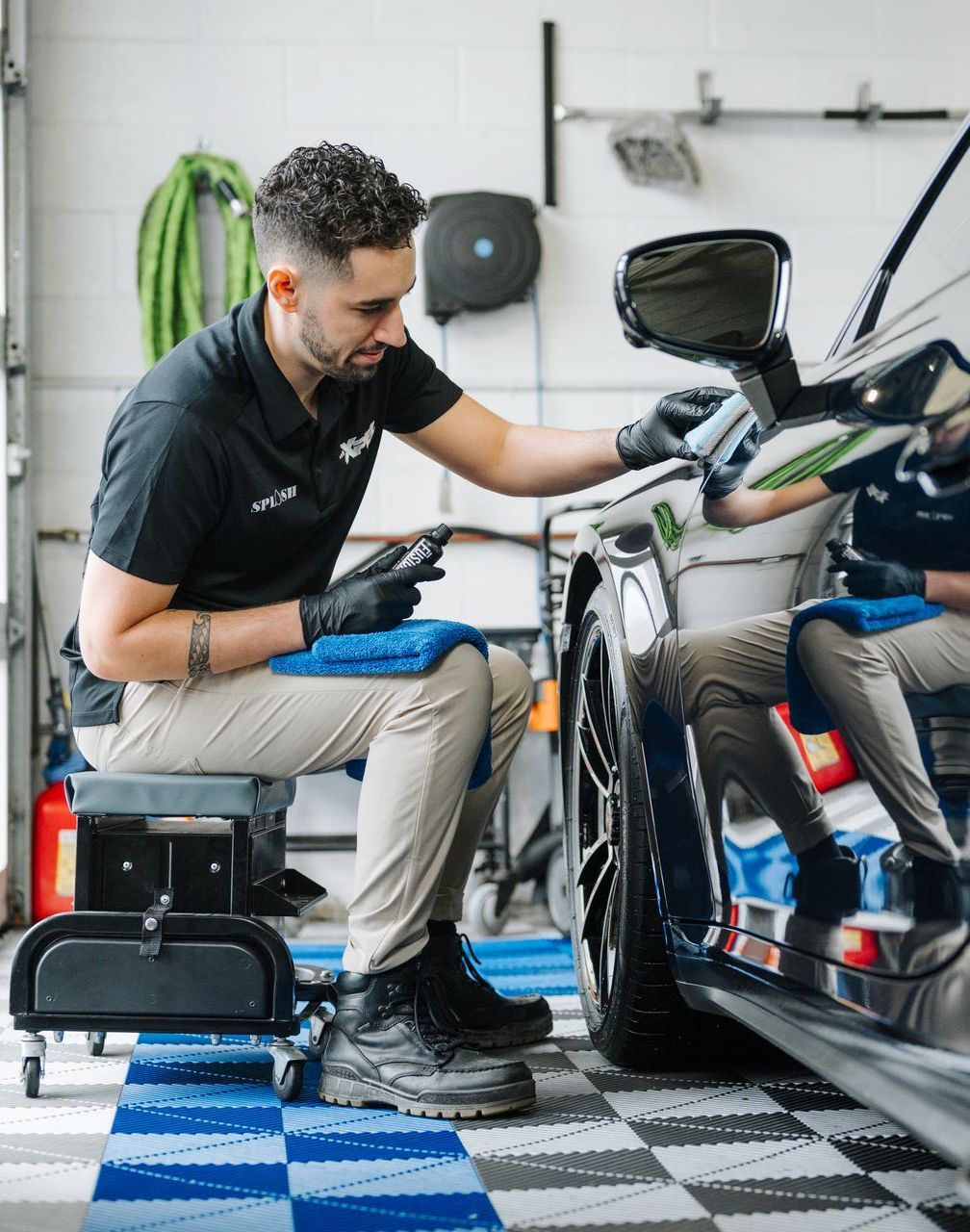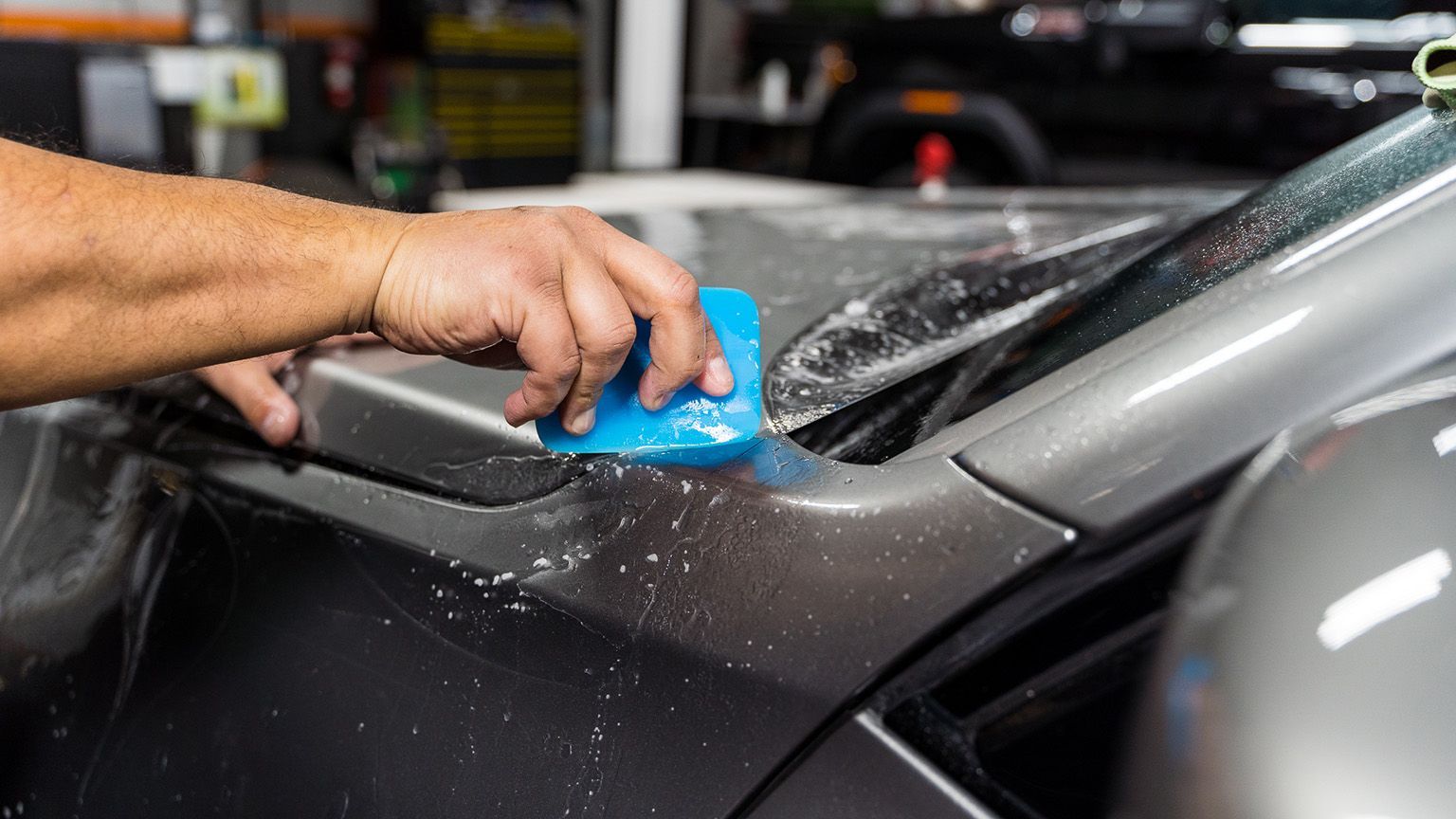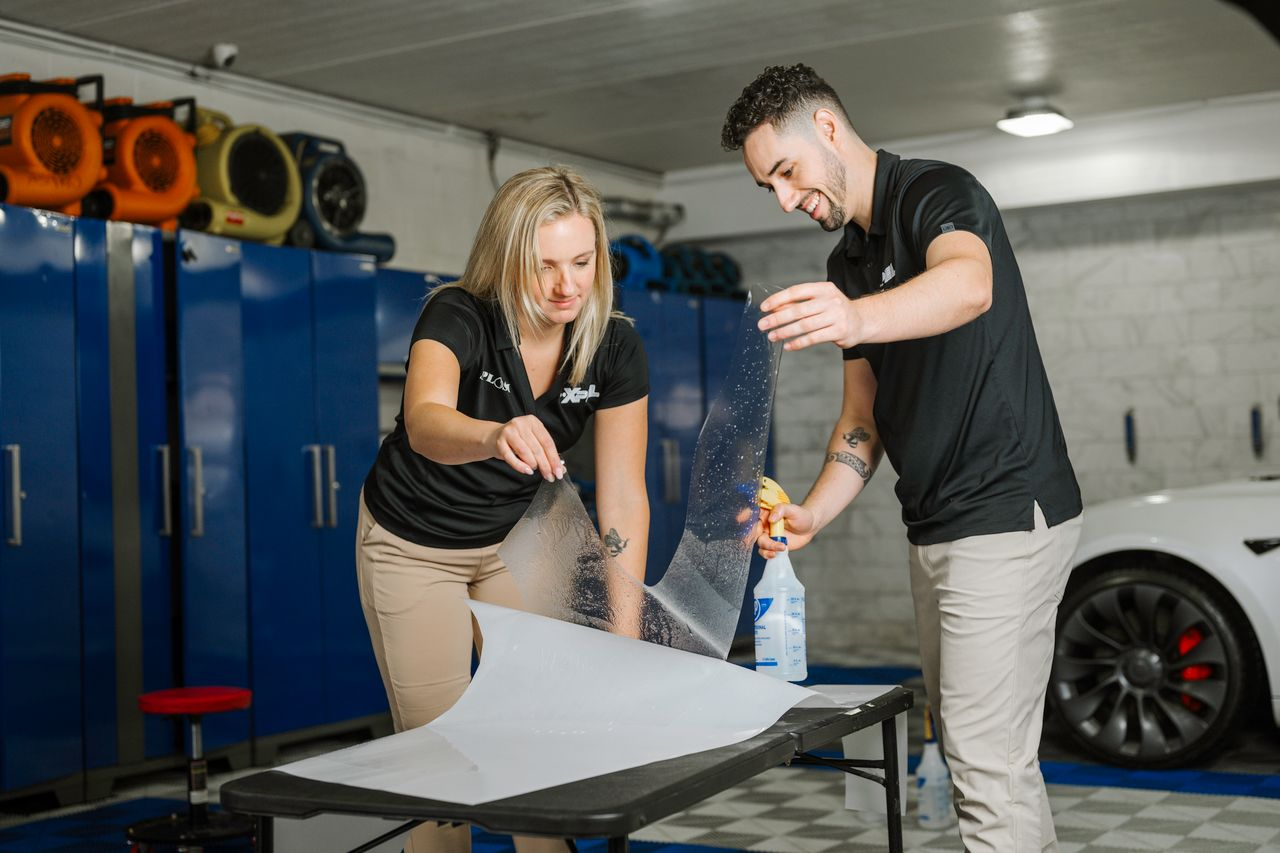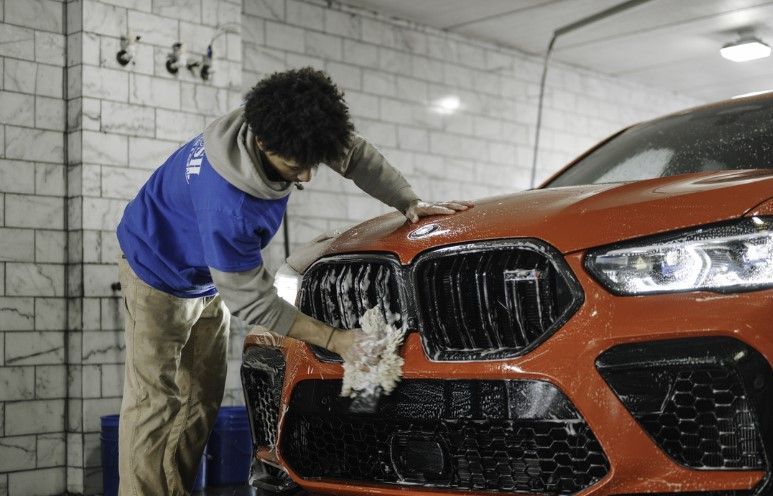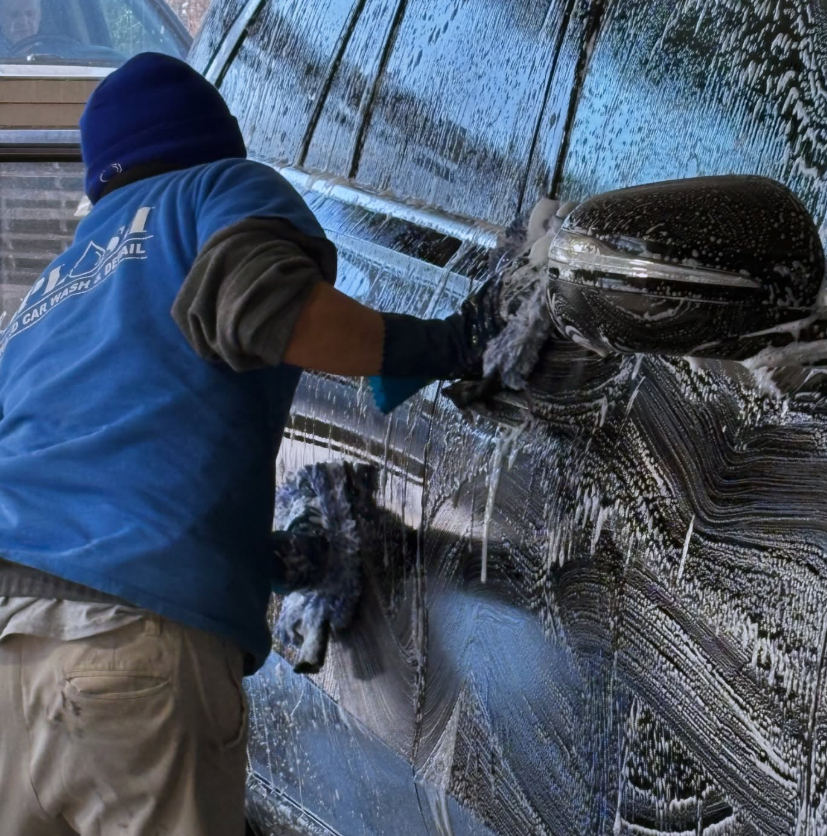If you’ve invested in ceramic coating for your vehicle, you’ve already taken a major step toward preserving its finish, gloss, and value. Ceramic coatings provide a sleek, hydrophobic layer that protects your paintwork from UV rays, dirt, bird droppings, and chemical contaminants. But contrary to popular belief, ceramic coatings are not maintenance-free.
Without the proper upkeep, your coating will begin to lose its water-repelling qualities, gloss, and durability. That’s why we’ve put together this detailed ceramic coating maintenance guide, tailored specifically for vehicle owners in Northbrook, IL. From proper washing techniques and recommended products to seasonal care and the role of maintenance sprays, this blog covers everything you need to keep your car protected and looking its best for years to come.
Why Ceramic Coating Maintenance Matters
Ceramic coatings form a semi-permanent bond with your vehicle’s clear coat. While they’re incredibly resilient, they are not invincible. Over time, dirt, salt, iron particles, and water spots can build up on the surface. If not removed properly, they can degrade the performance of the coating and shorten its lifespan.
Regular ceramic coating maintenance helps you:
- Extend the lifespan of the coating (typically 2–5 years or more)
- Preserve the glossy, showroom-like finish
- Maintain strong hydrophobic and self-cleaning properties
- Reduce the need for frequent detailing or polishing
- Maximize your return on investment
The First Week After Application: Initial Care Tips
Immediately after your ceramic coating is applied, it enters a curing phase. This period typically lasts 7 days, during which the coating bonds with the vehicle’s surface.
During this curing phase:
- Avoid washing your vehicle. Even water can interfere with the bonding process.
- Do not use any detailing sprays or chemicals.
- Avoid rain and moisture as much as possible.
- Refrain from touching or wiping the surface.
- Do not park under trees where bird droppings or sap can fall on your car.
If your vehicle must be driven during this period, inspect it carefully and gently remove contaminants with a microfiber towel and distilled water if necessary.
Weekly and Biweekly Washing Routine
Once your coating has fully cured, the foundation of your maintenance routine is regular washing. Even though ceramic coatings make your car easier to clean, they still need consistent care to remain effective.
Wash Frequency:
- Weekly or biweekly is ideal for daily drivers.
- Vehicles driven less frequently can be washed
every 2–3 weeks.
Proper Washing Technique:
Use the Two-Bucket Method
- One bucket for clean, soapy water
- One bucket for rinsing your wash mitt. This prevents cross-contamination and minimizes swirl marks.
Use pH-Neutral Car Shampoo
Choose a shampoo specifically formulated for coated vehicles. Avoid harsh degreasers or high-alkaline soaps, which can strip or weaken the coating.
Use Microfiber Wash Mitts and Drying Towels
Microfiber is gentle and won’t scratch the surface.
Wash in Shade or Indoors
Direct sunlight causes water to dry quickly, increasing the risk of water spots.
Dry Thoroughly After Washing
Use clean, soft microfiber towels to eliminate water spots. Avoid air drying or driving the car dry.
Monthly and Seasonal Maintenance
Over time, environmental fallout (such as brake dust, tree sap, pollen, and iron particles) can bond to the ceramic coating. These contaminants are not always removed by basic washing and require occasional decontamination.
Monthly or Quarterly Decontamination:
- Iron Removers: Break down ferrous particles like brake dust that can embed in the coating.
- Tar Removers: Useful after highway drives where road tar can stick to lower panels.
- Detailing Clay (Only if needed): Use only soft, ceramic-safe clay bars. Clay can be abrasive and should be used cautiously.
Note: These steps are best performed by professionals unless you are experienced with paint-safe techniques.
Using Ceramic Coating Boosters and Sprays
To replenish the coating’s hydrophobic performance and extend its life, use ceramic coating booster sprays. These are silica-based sprays designed to restore water-beading and slickness between full maintenance details.
How Often to Apply Boosters:
- Every 2 to 3 months for daily drivers
- After a decontamination wash
- Any time the water beading begins to fade
Always apply boosters to a clean, dry surface in a shaded area, using a clean microfiber towel.
Winter Car Care in Northbrook, IL
Northbrook winters can be particularly harsh on vehicles. Salt, slush, freezing rain, and road grime are frequent threats that can degrade your ceramic coating if not addressed.
Winter Maintenance Tips:
- Rinse regularly to remove salt buildup, especially on the undercarriage and rocker panels.
- Wash your car more frequently, ideally once a week.
- Dry the car completely after washing, as freezing water can damage sensitive areas.
- Apply a booster spray after each wash, particularly if you’re driving in salted conditions.
If your car is parked outdoors in winter, consider applying a ceramic-friendly sealant for extra protection.
Summer Maintenance Considerations
While summer is gentler than winter, it comes with its own set of challenges, like UV exposure, bug splatter, tree sap, and water spots caused by hard water and rapid evaporation.
Summer Tips:
- Wash more frequently if parked under trees or near construction zones.
- Remove bird droppings, bug guts, and sap immediately—these are acidic and can etch into the coating.
- Park in shaded areas when possible to prevent UV degradation.
Avoid These Common Mistakes
Even with the best intentions, improper care can reduce the effectiveness of your ceramic coating. Avoid the following to protect your investment:
- Avoid automatic car washes with brushes. These can scratch the coating and reduce its life.
- Do not use waxes on top of ceramic coatings. They are unnecessary and may interfere with the coating’s performance.
- Do not use abrasive compounds or polishes. These can remove the ceramic coating entirely.
- Do not wash with dish soap or household cleaners. They are too harsh and strip away protective layers.
Signs Your Ceramic Coating Needs Attention
Knowing when your coating needs maintenance is essential. Here are signs your coating is wearing down:
- Reduced water beading or sheeting: The surface no longer repels water.
- Dullness or loss of gloss: The coating may be contaminated or breaking down.
- Increased dirt buildup: If the car doesn’t stay clean between washes, the coating may need a refresh.
In most cases, these issues can be addressed with a professional maintenance detail or the application of a ceramic booster.
Professional Ceramic Coating Maintenance Services in Northbrook, IL
Even if you're diligent with home maintenance, there’s no substitute for periodic professional care. At Splash Hand Car Wash and Detail, we offer expert-level ceramic coating maintenance services to ensure your vehicle gets the protection and appearance it deserves.
Our Services Include:
- Professional hand washing and drying
- Decontamination using iron and tar removers
- Ceramic-safe clay bar treatments
- Application of high-grade booster sprays or top coats
- Inspection of ceramic and paint protection film condition
If you’ve also installed paint protection film (PPF), we can inspect its condition as part of your maintenance service. Understanding the paint protection film lifespan, which typically ranges from 5 to 10 years, helps you manage your entire surface protection system more effectively.
How Long Do Ceramic Coatings Last?
One of the most common questions when considering ceramic coatings is, “How long do ceramic coatings last?” The answer depends on several factors, including the quality of the product used, how well it is applied, and how regularly it’s maintained. With the right care and professional maintenance, ceramic coatings can provide long-lasting protection for your vehicle’s paint. Here’s a breakdown of what you can expect:
Up to 2 Years with Entry-Level Products
Entry-level ceramic coatings are typically more affordable options designed for basic protection. With proper maintenance, these coatings can last up to 2 years, offering hydrophobic properties, UV protection, and a shine-enhancing finish. While they provide good protection against contaminants like water, dirt, and road grime, their longevity is shorter compared to more advanced coatings.
3 to 5 Years with High-Grade Professional Coatings
High-grade ceramic coatings offer superior protection compared to entry-level products. Applied by professionals, these coatings can last anywhere from 3 to 5 years. They are designed to provide enhanced durability, better resistance to chemicals, and improved water repellency. With proper maintenance, high-quality ceramic coatings can keep your vehicle looking shiny and protected against environmental contaminants for several years.
7+ Years with Multi-Layer, Professionally Maintained Systems
For those looking for maximum protection and a long-lasting shine, multi-layer ceramic coating systems are the best option. These premium coatings, when applied and maintained by a professional, can last 7+ years. They offer the ultimate in protection, resisting oxidation and chemical contaminants while maintaining a glossy finish. Regular professional maintenance and periodic booster applications can extend the life of these systems, keeping your vehicle protected for years to come.
Maximizing Your Ceramic Coating's Lifespan
To get the full benefit and maximum longevity from your ceramic coating, regular washing, decontamination, and booster applications are essential. These practices help to keep your vehicle’s surface clean, remove contaminants that could damage the coating, and replenish its protective properties.
Long-Term Care for Your Ceramic-Coated Vehicle in Northbrook, IL
Owning a ceramic-coated vehicle in Northbrook, IL comes with the advantage of enhanced protection and long-lasting shine—but only when backed by a proper maintenance strategy. Ceramic coatings are designed to shield your vehicle’s paint from UV rays, road grime, acid rain, and other environmental contaminants, while also giving it a deep, glossy finish. However, even the most advanced ceramic coatings require ongoing care to maintain their performance and visual appeal.
To maximize the benefits of ceramic coating protection, it’s essential to follow a ceramic coating maintenance guide that includes consistent washing, proper drying, seasonal surface decontamination, and the application of ceramic-safe booster sprays. These steps ensure the hydrophobic properties remain strong, water spots are minimized, and surface contaminants do not bond to the coating. In addition, periodic inspections by professionals can identify early signs of coating wear or surface contamination, allowing for timely intervention that helps extend the coating’s lifespan.
Environmental factors in Northbrook, such as winter road salt, summer heat, tree sap, and fluctuating weather conditions, all contribute to the gradual breakdown of protective coatings. That’s why establishing a regular care routine tailored to local climate conditions is vital. The combination of professional detailing, at-home washing techniques, and product-safe care methods can significantly prolong the durability of both ceramic coatings and PPF.
Ultimately, long-term protection isn't just about preserving looks—it's about safeguarding your vehicle as a valuable asset. With proper ceramic coating maintenance and attention to PPF health, Northbrook drivers can ensure their vehicles stay cleaner, glossier, and better protected—season after season, year after year.
Book Your Ceramic Coating Maintenance Appointment at Splash Hand Car Wash and Detail
At Splash Hand Car Wash and Detail, we are experts in ceramic coating maintenance, paint protection film (PPF) services, and long-term vehicle surface care. Whether you need a quick ceramic coating refresh, a detailed inspection, or comprehensive maintenance of your vehicle’s paint protection, our experienced team is dedicated to ensuring your car stays protected and looks pristine.
Protect your vehicle’s investment and maintain its flawless appearance with our professional ceramic coating services. Schedule your appointment today and enjoy the benefits of a long-lasting shine and superior protection.
Contact us today to book your appointment:

